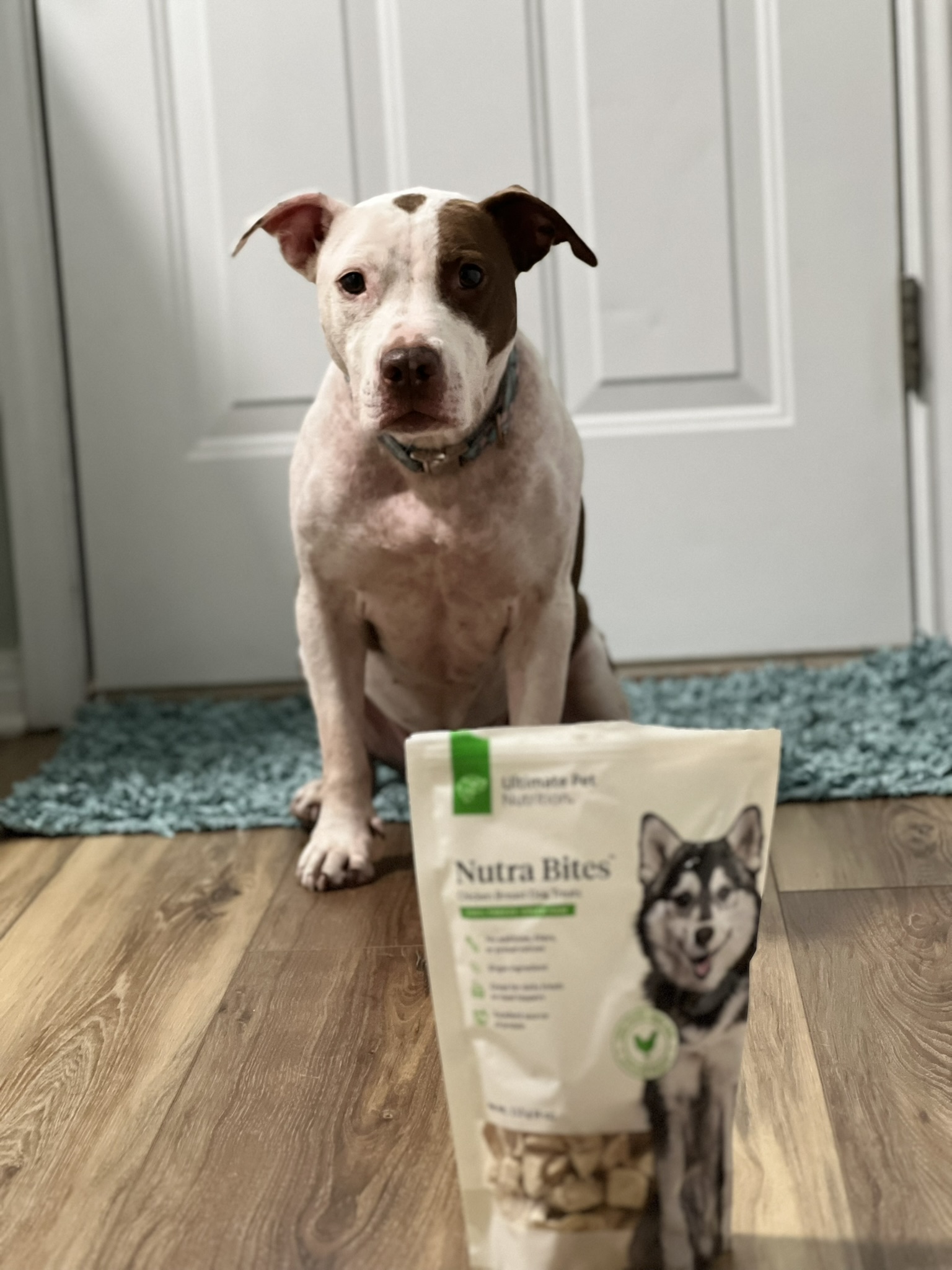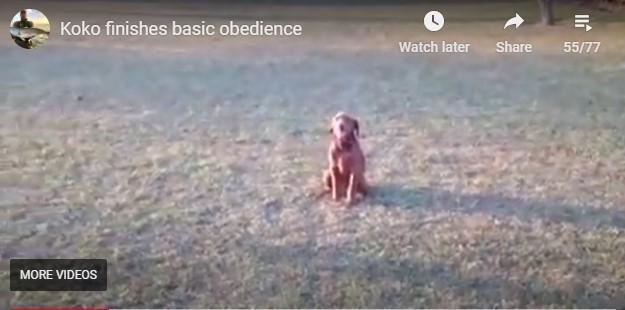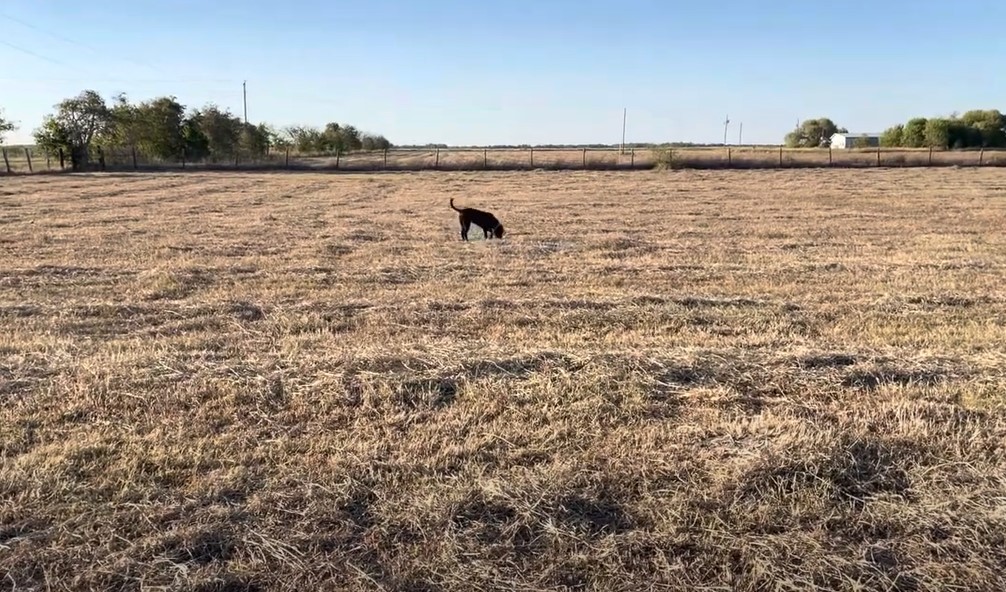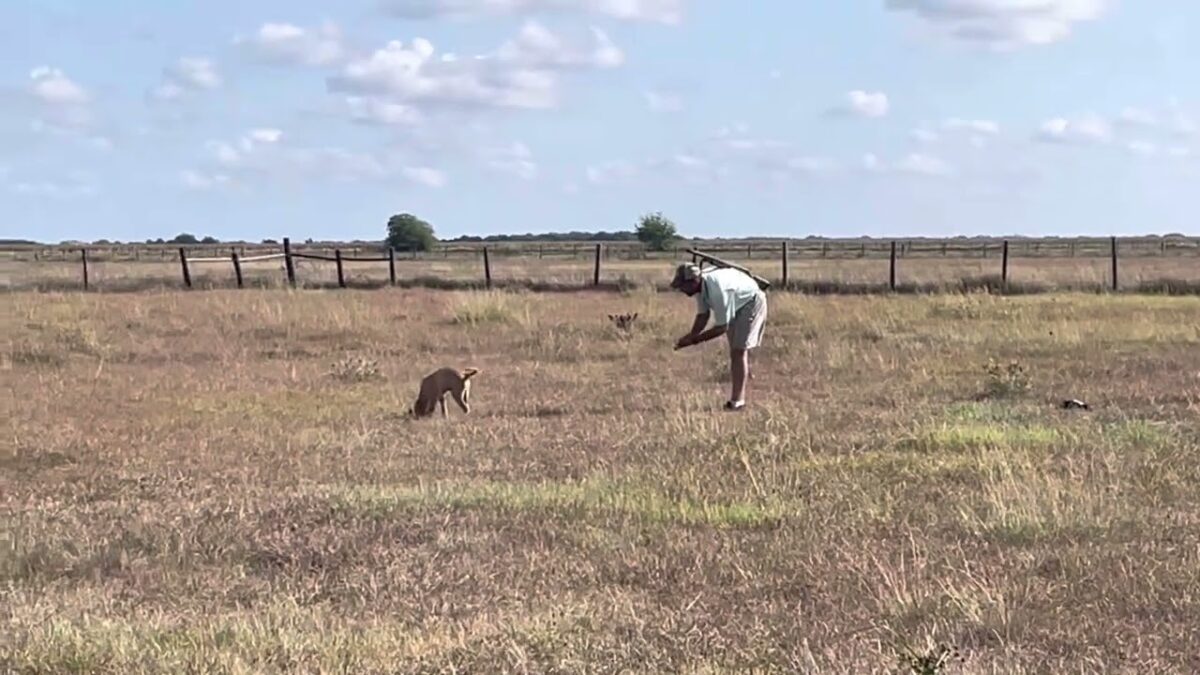Category: Hunting Dogs
-

NutraBites and NutraThrive: Enhanced Pet Nutrition for Health and Vitality
The Ultimate Pet Nutrition Experience: NutraBites and NutraThrive As pet owners, we strive to provide our furry friends with the best care possible, ensuring they lead healthy, happy lives. Nutrition plays a pivotal role in achieving this, and with the plethora of pet supplements and treats available, it can be challenging to make the right…
-

Hunting Dog Training Tip; 20 Weeks Old (5 Months)
Usually, sometime around the 5 month old mark, you are going to start to notice blood on bumpers, or the pup’s teeth missing and bloody gums. Sometimes it happens earlier than 5 months, so be watching for it. At this time, we need to stop the retrieving drills and let their mouths heal. One thing…
-

Hunting Dog Training; Hitting a Wall
Now, not every pup is perfect or easy to train. So, what do you do when you have a dog that hits a wall? What I mean by that is, at some point during training you might have a dog who stalls, hesitates, or refuses to complete the drill you’re trying to train. When this…
-

Hunting Dog Training Tip-15-20 Weeks Old
If your pup has no problem with loud noises and .22 gunfire while eating, let’s step it up a notch during our short retrieving sessions. We view the next 5 to 7 weeks as some of the most critical for our pups. This is where we find out just how much drive they have, and…
-
Hunting Dog Training Tip-Intro to Gunfire
Now that we have our pups crazy about retrieves both on land and in the water, at 12-15 weeks old, we introduce them to gunfire. By now, they are completely settled into our training routine, familiar with their surroundings and the other dogs. We start off in this phase shooting .22 blanks while they are…
-
Hunting Dog Training Tip-Intro to Retrieves with Water
Once our 8-10 week old pups are retrieving in the yard with bumpers or feathers without running off or quitting, we introduce them to water. What I mean by that is, we are looking for pups that will not stop no matter how many times you throw a bumper. We are constantly looking for pups…
-
Hunting Dog Training Tip – Intro to Retrieves
When we take in a young puppy at 8-10 weeks old, or after we wean one of our own pups, we give the pup a few days to get settled into the new surroundings. Usually we sit with the pup, walk around letting it smell and roam in this new area and away from it’s…
-
AB Kennels/M2 Breeding; Port Lavaca, TX.
Hi folks, my name is Nathan Beabout. My wife Margaret and I own and operate AB Kennels/M2 Breeding. It doesn’t seem all that long ago, 2007, that I became a fishing/hunting guide here on the Middle Texas Coast based out of Seadrift, Texas, and live just north of Port Lavaca. I quickly learned the ins…